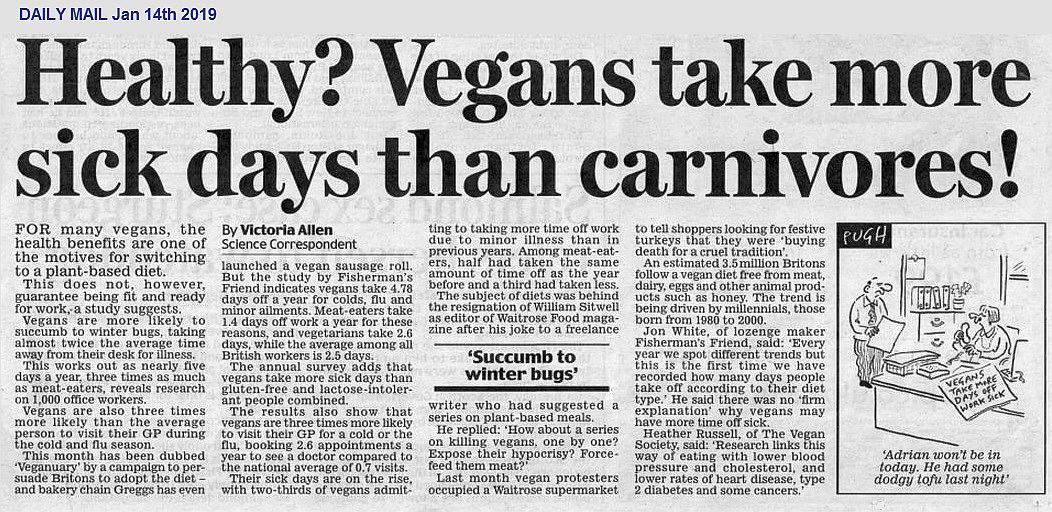When livestock disease was going around in those Old Testament times, of course God warned people to lay off it for a while, but by the time of the New T they'd had the all-clear-
Jesus said "What goes into a man's mouth does not make him unclean" (Matt 15:11)
Paul said "I am fully convinced that no food is unclean in itself." (Romans 14:14)
I'm going around in circles with you on this subject. Jesus meant something else in those verses and misunderstand Him and used the verses to take Him out of context. Jesus who is God never changed the dietary laws in the Bible. He followed them Himself when He was here on earth and so did the apostles after Him. Pigs and other animals that don't chew the cud and have divided hooves are still unclean. God knew what is now known about what makes those animals unclean and I posted why. You are free to eat whatever you want, but don't say the Bible agrees with it when it clearly doesn't.
Here, I will repost that part of what makes certain animals, birds and fish unclean to eat again.
Unclean Animals
God told the Israelites which animals they were not to eat. Without exception, all animals that consume
“secondary material”—in other words, animals that eat animals—are unclean. These include the following:
Carnivorous Birds
All birds that eat other animals and do not have a crop are considered unclean.
Camels
The camel has no split or cloven hoof, making it unclean. However, this animal has a similar digestive system to the clean animals; so what is the problem? The camel had to adapt to a desert environment in order to survive. It underwent a physiological adaptation where instead of sweating and losing its body water, the camel’s body temperature rises to higher levels than before. This, unfortunately, allows the level of toxins in its body to rise to very high levels as well. This coping mechanism makes the camel unfit for human consumption.
Coneys
The coney, or dassie, is unclean. It is herbivorous, but has a poor thermo-regulator. Its body temperature does not remain constant throughout the changes in the weather during the year, and this causes its enzymes to be unstable, resulting in intestinal fermentation. This means that the coney’s meat is very acidic.
Rabbits
Even though the rabbit is herbivorous,
Leviticus 11:6 states that it is unclean. The rabbit has a very enlarged caecum. In order for the rabbit to obtain sufficient nutrients from the plants it eats, it has to ferment the material. This requires a fermentation chamber with an alkaline environment. Since the rabbit does not have a pre-stomach, like the cow does, it has to use its enlarged caecum.
However, its caecum is sandwiched between its gut and rectum and most of the absorption of the nutrients takes place there. When the rabbit re-digests this material, it becomes coprophagous. In other words, it eats its own excrement. Consequently, the level of toxins in its tissues is far higher than in other herbivores. Bile salts, fatty acids, gases, and ammonia levels are all at unacceptable levels for human consumption. All rodents, and even the horse, fall into the same category.
Swine
In most modern farms, pigs are fed the worst of foods. On the biggest farms, the largest pigs are fed rotten eggs and chickens that died from disease.
Sometimes, pigs are kept in batteries where only a few pigs get the food. The rest of the pigs get only the droppings, which are extremely toxic. Any tissue from these animals makes them very unclean indeed.
Pigs have very high histamine levels. The connective tissue is very rich in sulfur, leading to increased blood acidity and osteoporosis because of the loss of calcium along with the sulfates. Research indicates that high sulfate levels, especially in meat-rich diets, are responsible for osteoporosis.
Research has found that at the time when pigs leave the farms, 56% of all pork samples are contaminated with salmonella. When
"clean" animals leave the farms, only 15% of the meat is contaminated. When the pig meat leaves the abattoir, 80% is contaminated, and when it reaches the butcher, the level of contamination is virtually 100%. The
"clean" animals have only a 40% contamination level by this stage.
The pig is certainly responsible for much disease. Many people are allergic to pork because of the high histamine levels, and pork also encourages the formation of excessive amounts of mucous in our bodies.
God warns us in
Leviticus 11:26 to not even touch the carcass of a pig. Pigs have high levels of bacteria such as campylobacta and salmonella.
Fish
"And all that have not fins and scales in the seas, and in the rivers, of all that move in the waters, and of any living thing which is in the waters, they shall be an abomination unto you" (
Leviticus 11:10).
Those fish that do not have fins and scales are either scavengers or pure carnivores, and are unclean.
The common snoek has scales, but as it is taken out of the water the scales fall off, so it cannot be classified as clean. Each snoek is also home to thousands of bladder worms, which are full of urea. This urea is what gives the snoek its distinctive tangy flavor that many people enjoy.
Insects
Insects that do not fly, or are further down on the food chain than the locust or grasshopper, are not for eating.
Mammals and Reptiles
According to
Leviticus 11:27,
"Whatsoever goes upon his paws," such as cats, dogs, rats, mice, and weasels, are unclean. All reptiles are also unclean.
God is concerned with the health of all His creatures: human and animal. Are the dietary laws God set out thousands of years ago still relevant?
Amazing discoveries.
God bless.


